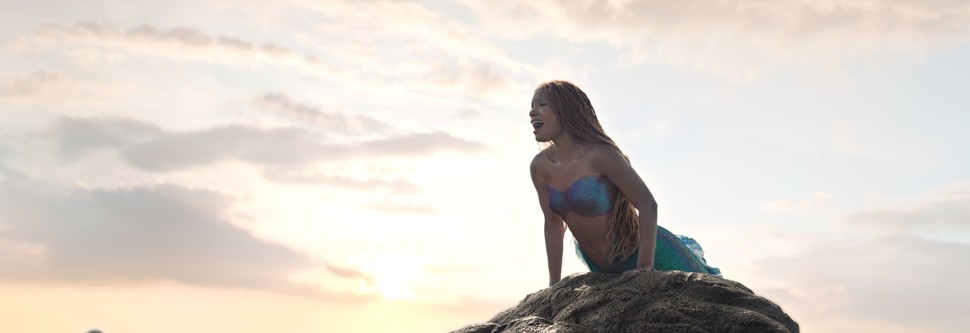
Hawk65 1.3x Anamorphics play a key role
Bringing a live-action version of Disney’s The Little Mermaid to the big screen was an incredibly complex, multi-year undertaking. And it was further complicated by the pandemic and by the high expectations and emotional investment of the many fans of the beloved animated 1989 version. Director Rob Marshall and director of photography Dion Beebe, ASC, ACS are breathing a sigh of relief and satisfaction as the film’s release generated $118 million in its opening weekend.
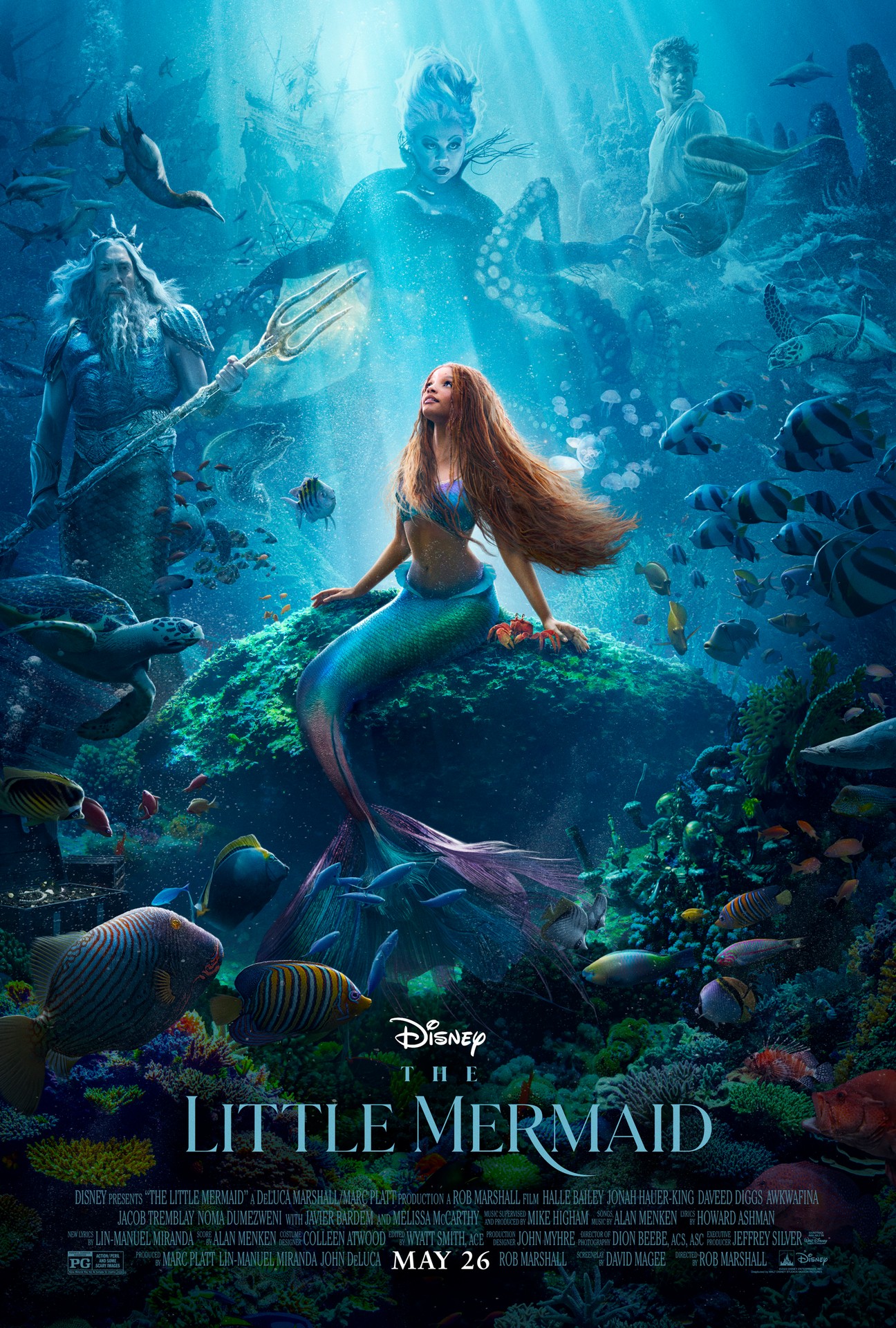
Beebe and Marshall have worked together on Mary Poppins Returns, Chicago and Memoirs of a Geisha, the latter of which brought Beebe an Oscar. They started prepping The Little Mermaid in 2019, with extensive rehearsals, research and testing.
The subject matter naturally fell into two categories – the underwater world of Ariel, and the above-water world of the humans she longs to join. A third major consideration was the three animated creature characters who often accompany Ariel.
For the alluring above-ground world, Beebe created a different texture and feeling by shooting with Hawk65 1.3x Large Format Anamorphic lenses.
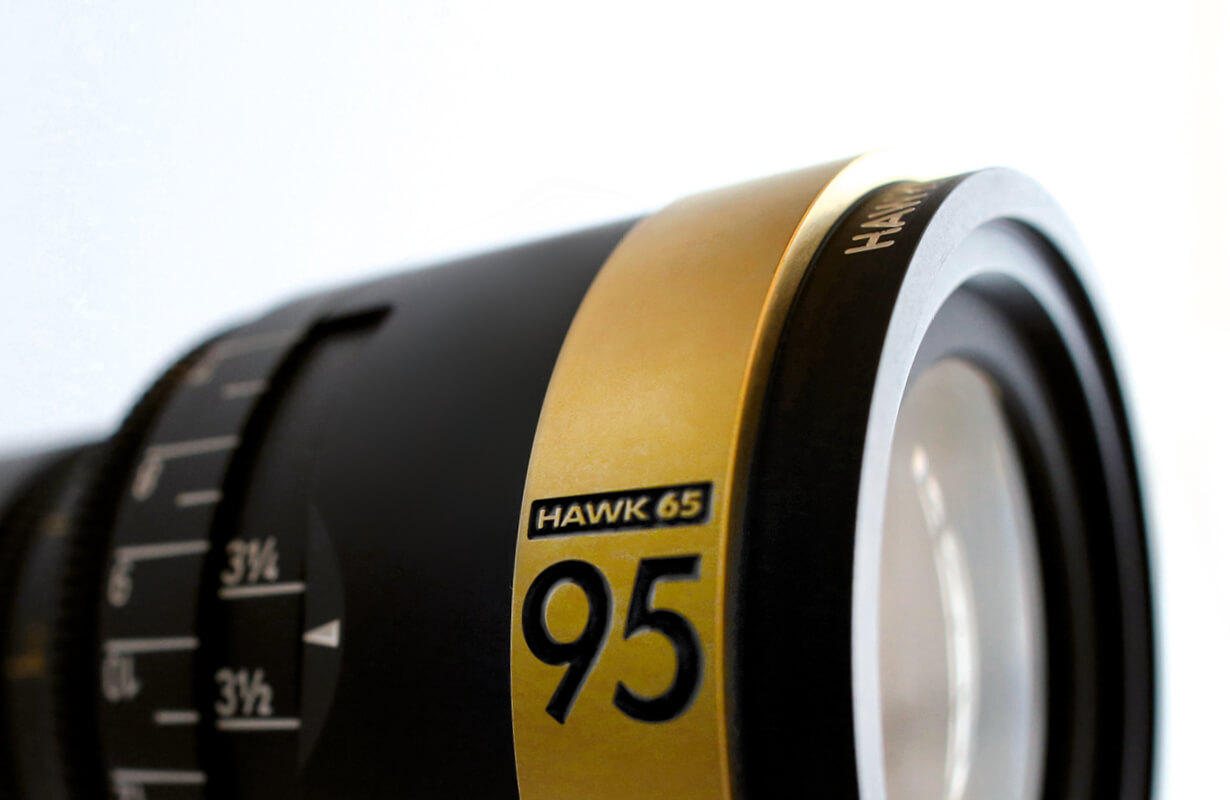
He shot the effects-heavy underwater elements with spherical lenses, which helped with composition, depth of field and consistency. Digital cinematography has made such format blending an important tool for cinematographers.
Beebe points out that shooting through water has a major effect on perceived depth of field, not to mention color and light. The cameras was the Arri Alexa 65, chosen for its broad canvas and impressive resolution, a major advantage given the extensive visual effects.
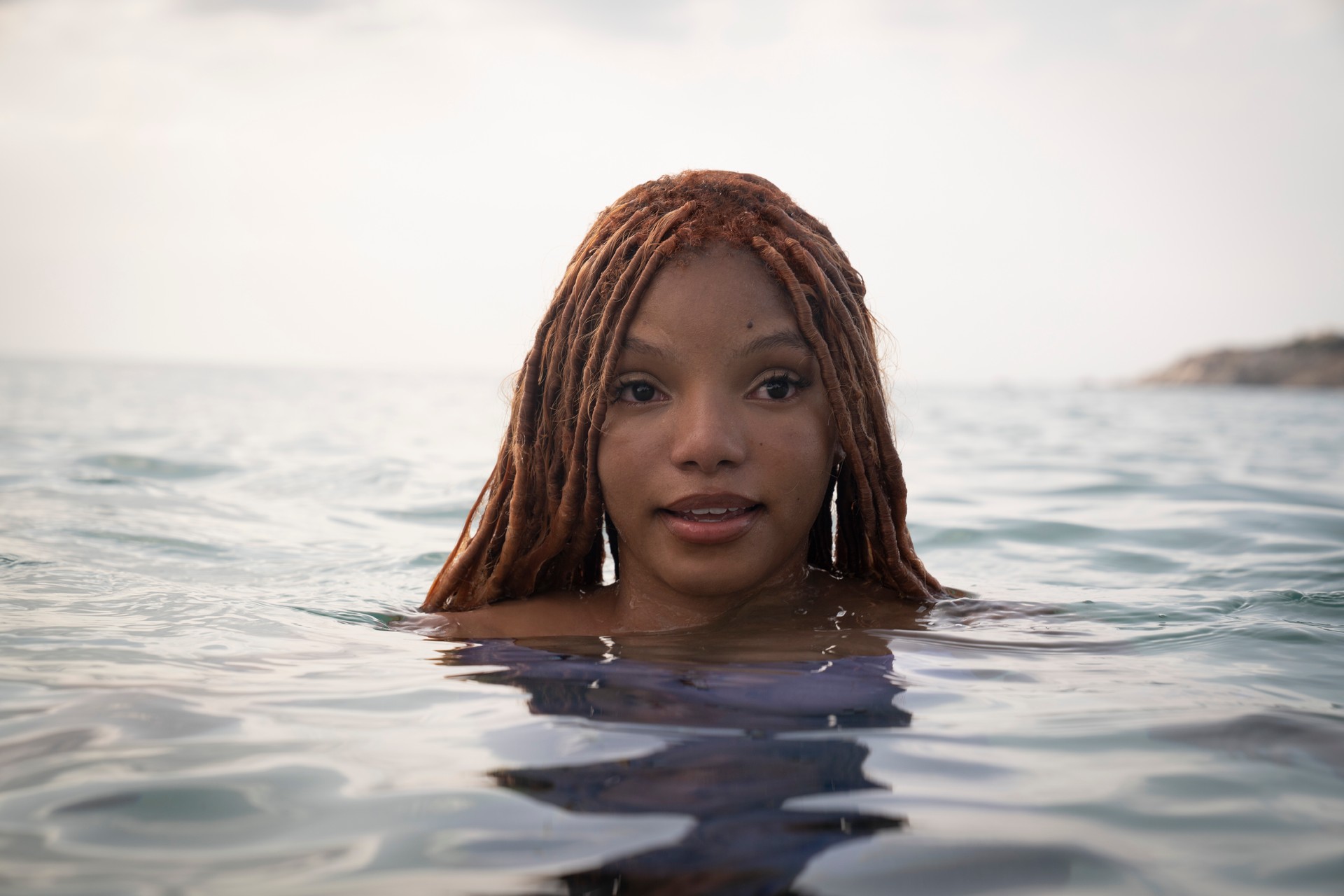
Hawk65 Anamorphics work hand-in-glove with the Alexa 65, and their gentler 1.3x squeeze maximizes the image area while maintaining organic texture and soft, natural contrast. During prep, Beebe tested the Hawk65s extensively against other large format lenses.
“The camera systems are all pretty good now,” says Beebe. “For cinematographers, the glass choice is where we make a lot of our decisions in terms of the look and feel. A lot of that comes down to how much character we want in the glass. Knowing that I would be juxtaposing the underwater with the above world constantly, I didn’t want to build in excessive amounts of character in the above world. With the Hawk65s, I found that along with amazing resolution, they have character. The Hawks have very good resolution across the entire frame, and they respond well when you’re controlling falloff with aperture.

“I also had to be aware that the images would be combined with visual effects elements,” he says. “So my inclination was to capture the live action, above-world sequences with a lens system that could give me the detail and resolution I needed. The 1.3x squeeze obviously affects the fall-off, and it also gave me a greater degree of compatibility between the anamorphic and spherical.”
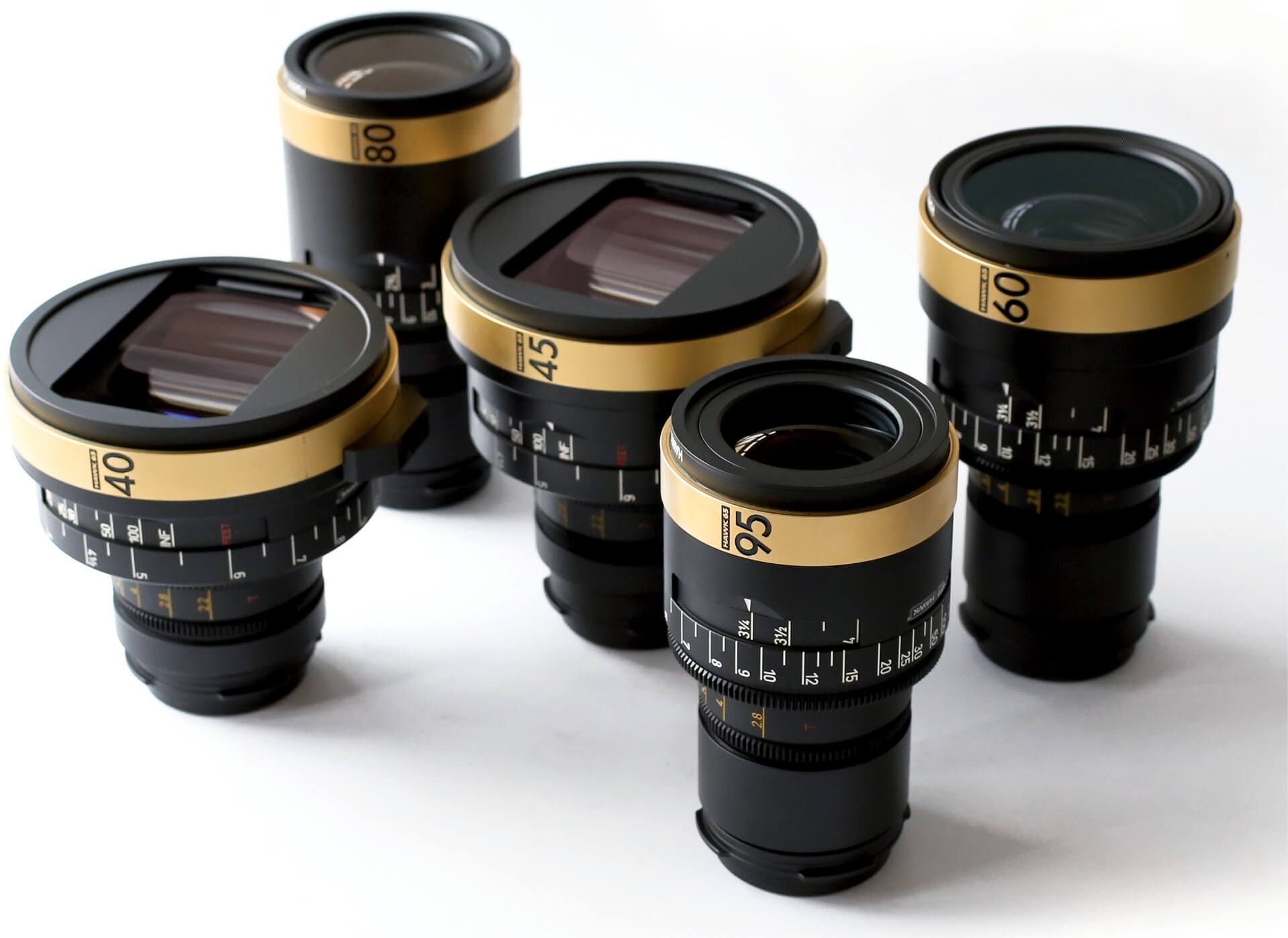
Another consideration, Beebe adds, was the robustness of the lenses in a wide variety of situations.
“We were often shooting at water level in splash bags, with a lot of spectral light and sunsets,” he says. “We had many different scenarios and circumstances, and starting with the early testing in London, the Hawk65s always held up well.”
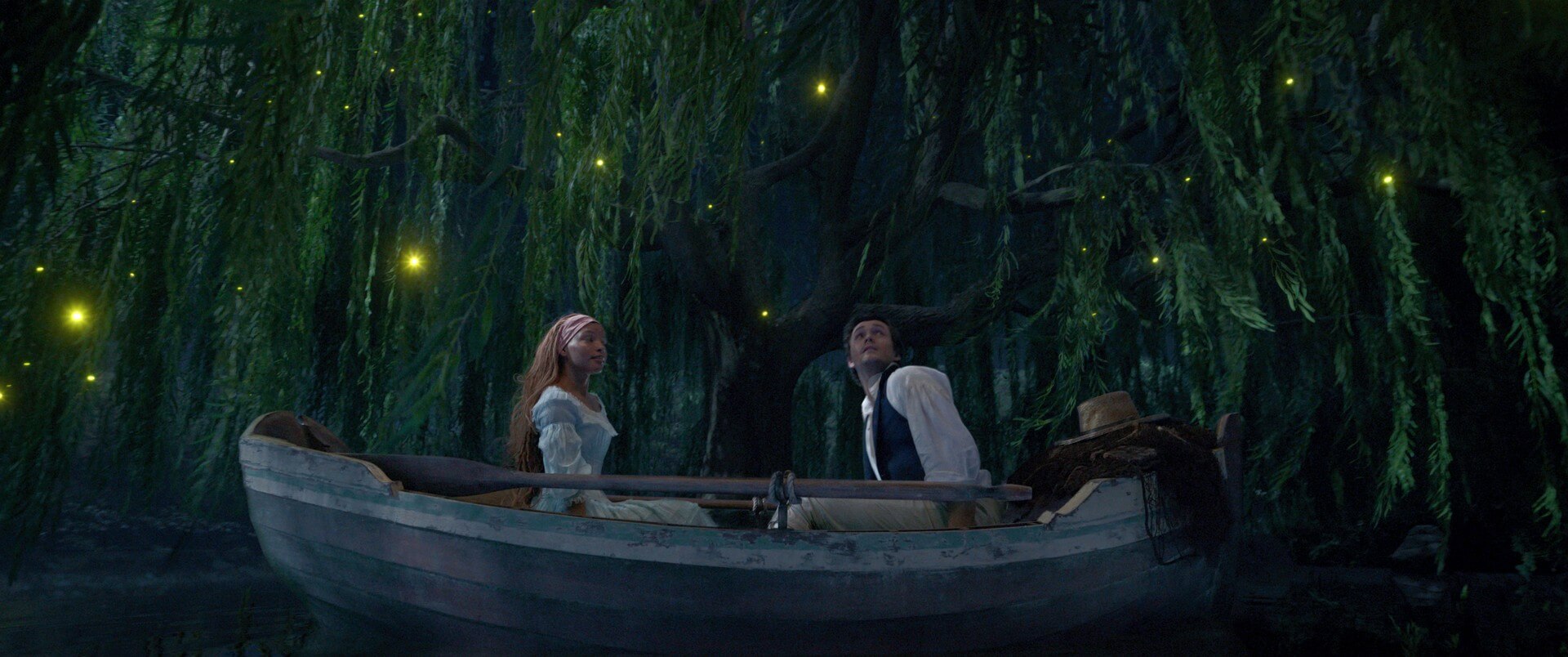
The shoot took place mostly at Pinewood Studios and on the island of Sardinia in Italy. The underwater world is more impressionistic in terms of color, which varies according to the depth of the water, the story point and the locale. Achieving these scenes required development of a number of new techniques, including off-screen teeter-totter rigs to give characters a floating look as they interacted. Caustic light, or light refracted through water, was a major element, often created with actual water trays and hard-light fixtures. Dance numbers were worked out by Marshall with members of the Alvin Ailey Dance Troupe and then translated to human and animated characters.
“Movement is very important to Rob, and he didn’t want to go down the path of motion capture,” says Beebe. “He comes from the theater, and has a background in dance, so it was important that we work as much as possible on a live action set.”

Marshall calls The Little Mermaid the most challenging film he’s made. “I don’t think anyone’s done an underwater musical before,” he is quoted as saying in “The Wrap.” “Every single moment of the film had to be choreographed in advance so that we could have a flow of the whole piece. . . Thank God we had the rehearsal time.”
Speaking the day after the film’s premiere, Beebe said, “It was fantastic to finally let the film out into the world after such an extended gestation period,” says Beebe. “It’s been a long journey.”
Watch the trailer here.
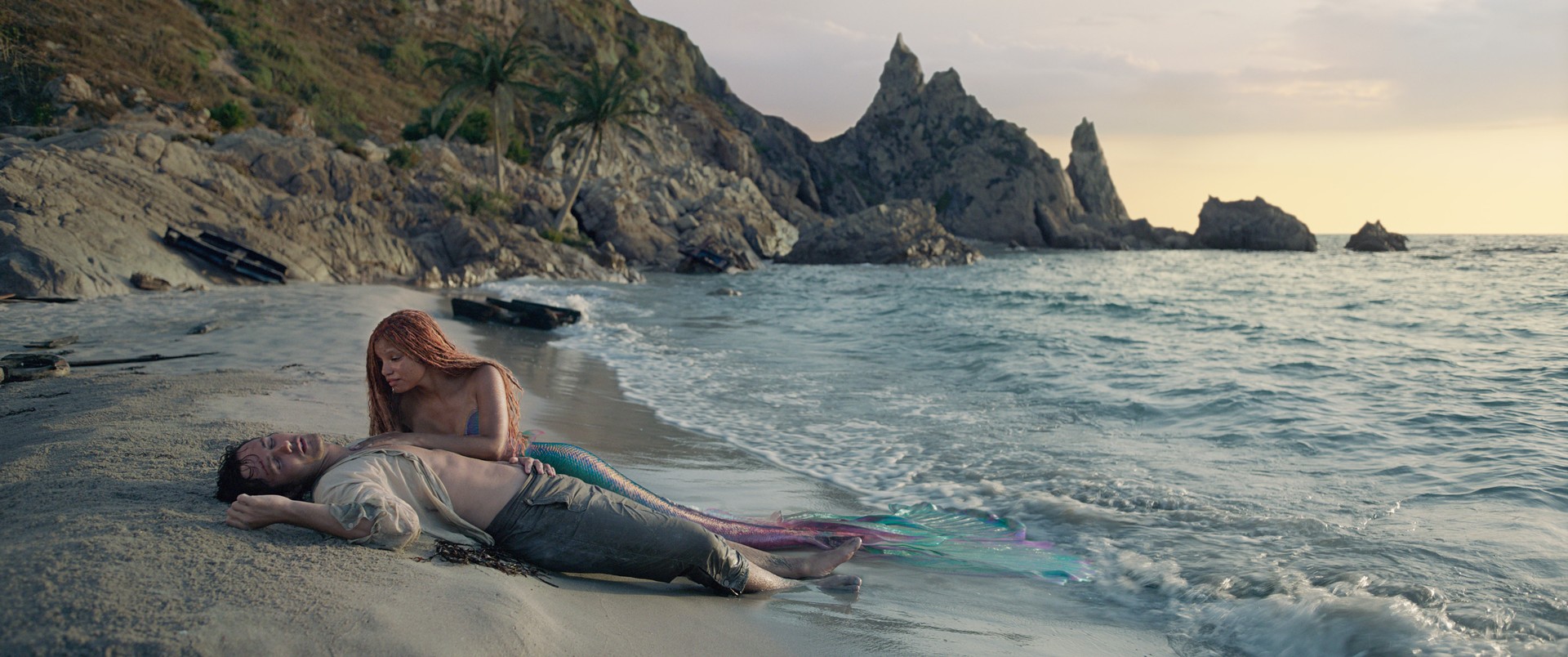
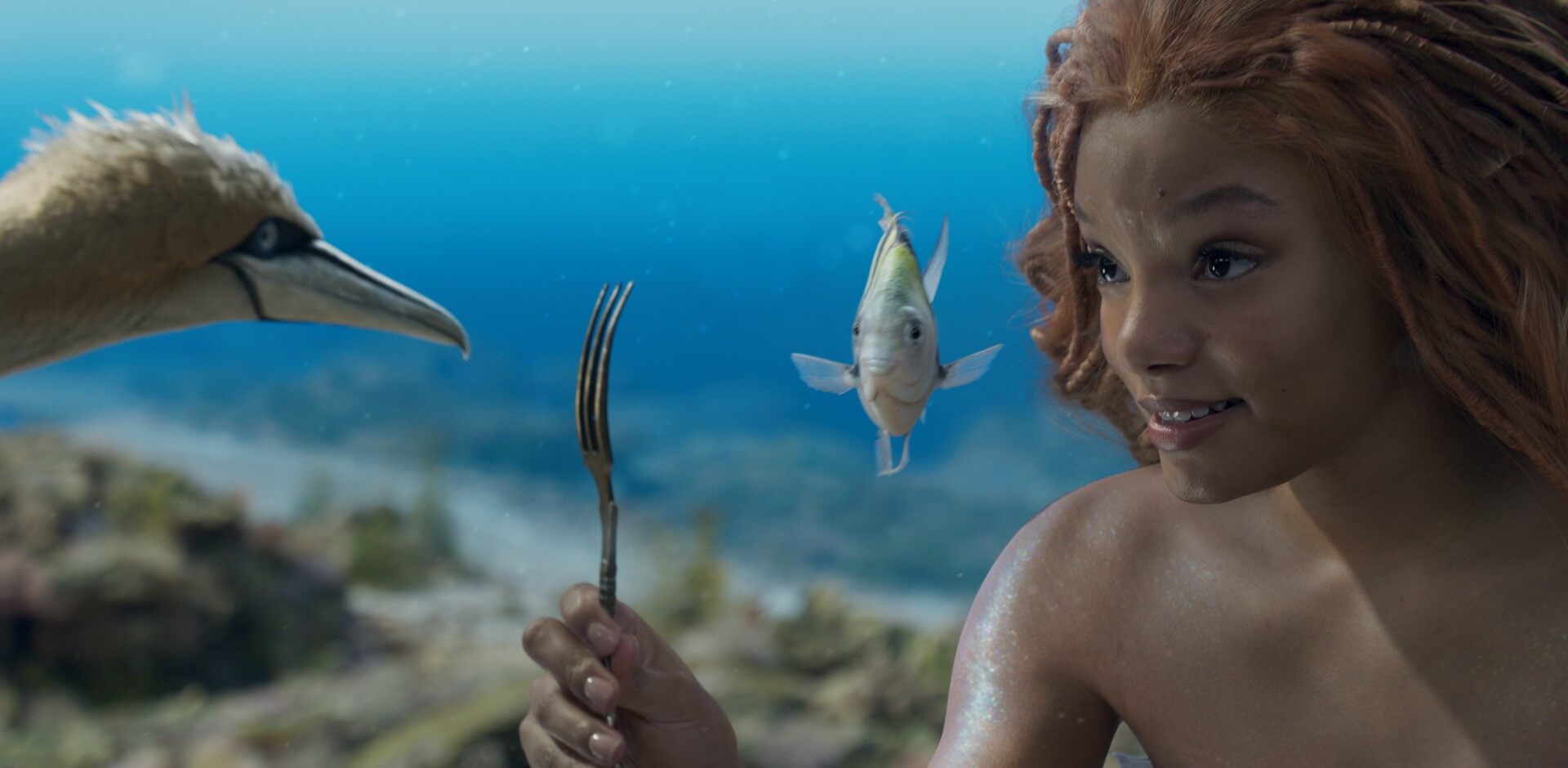
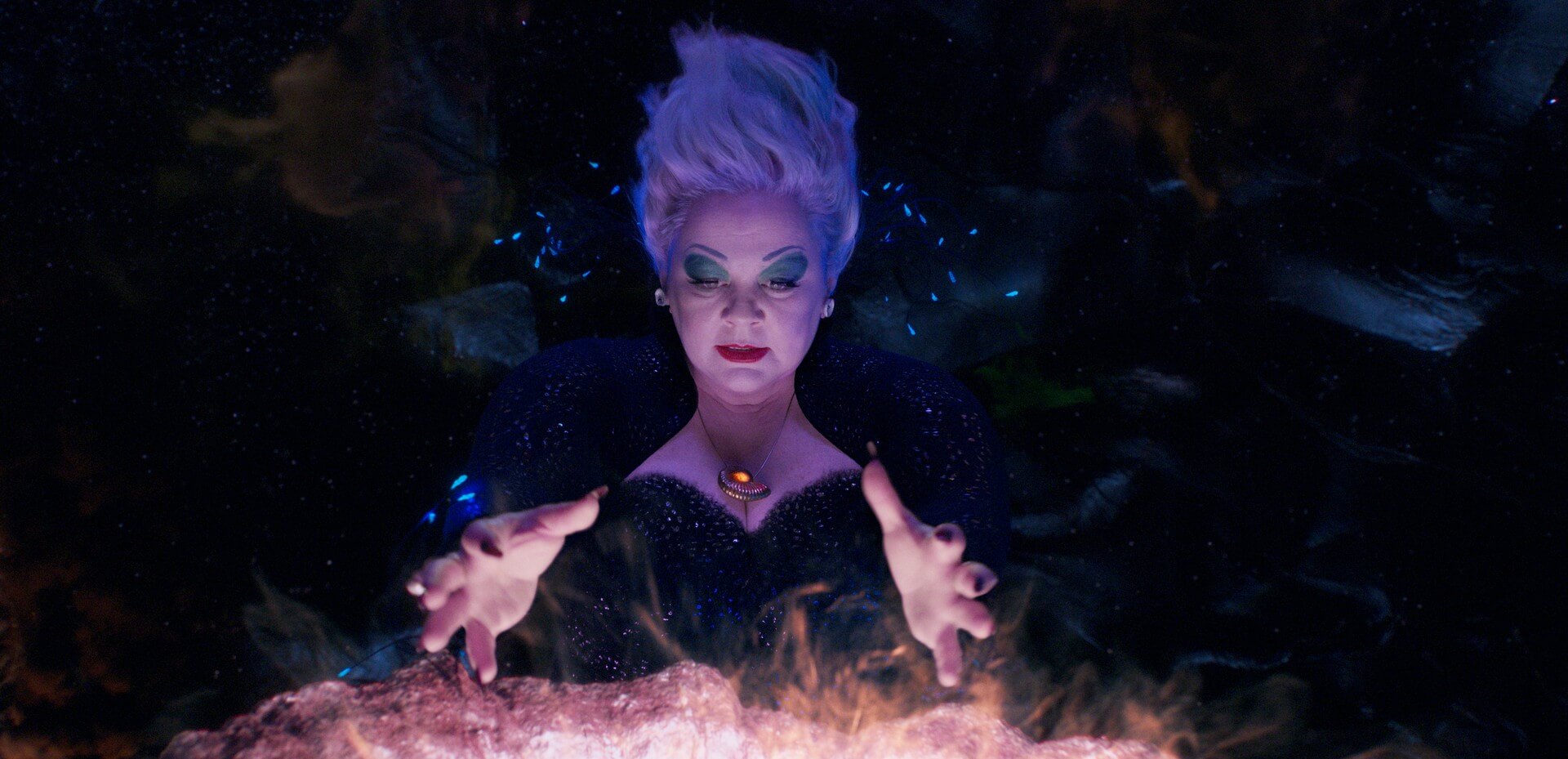
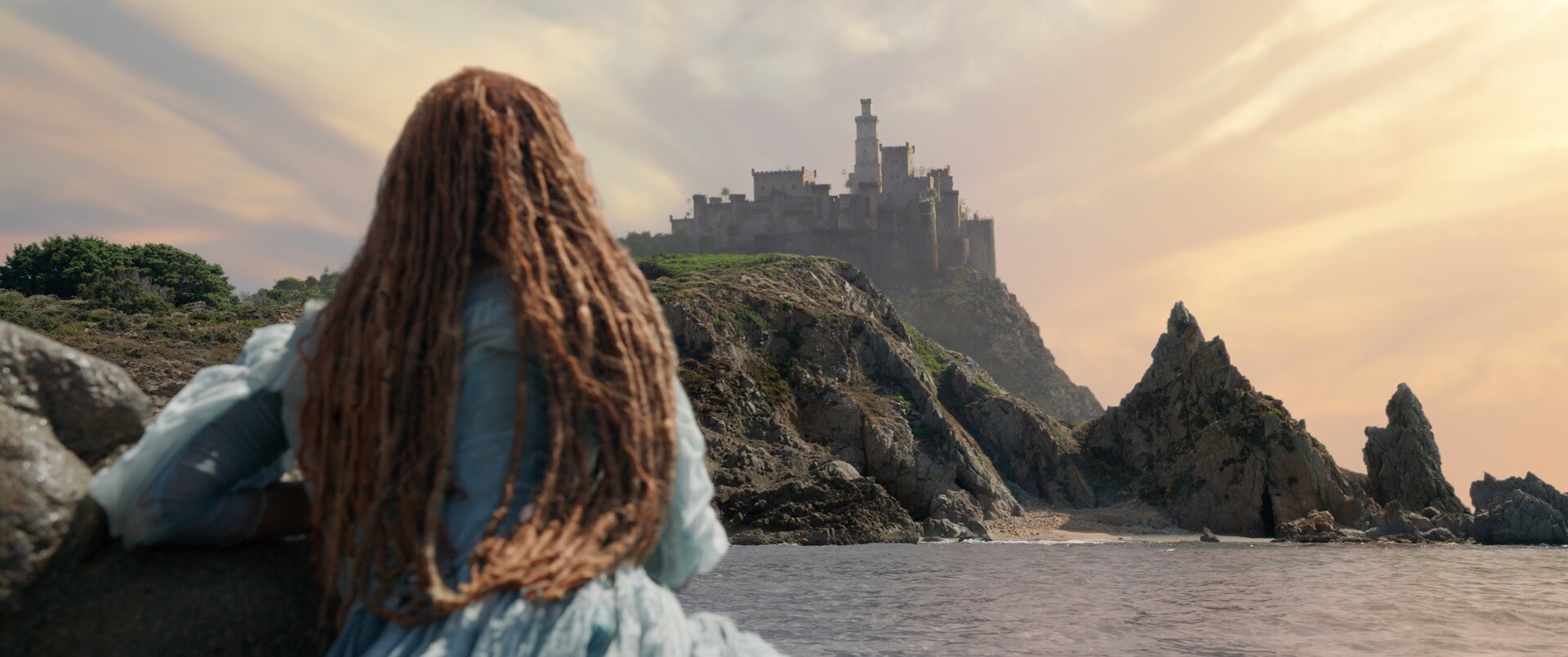
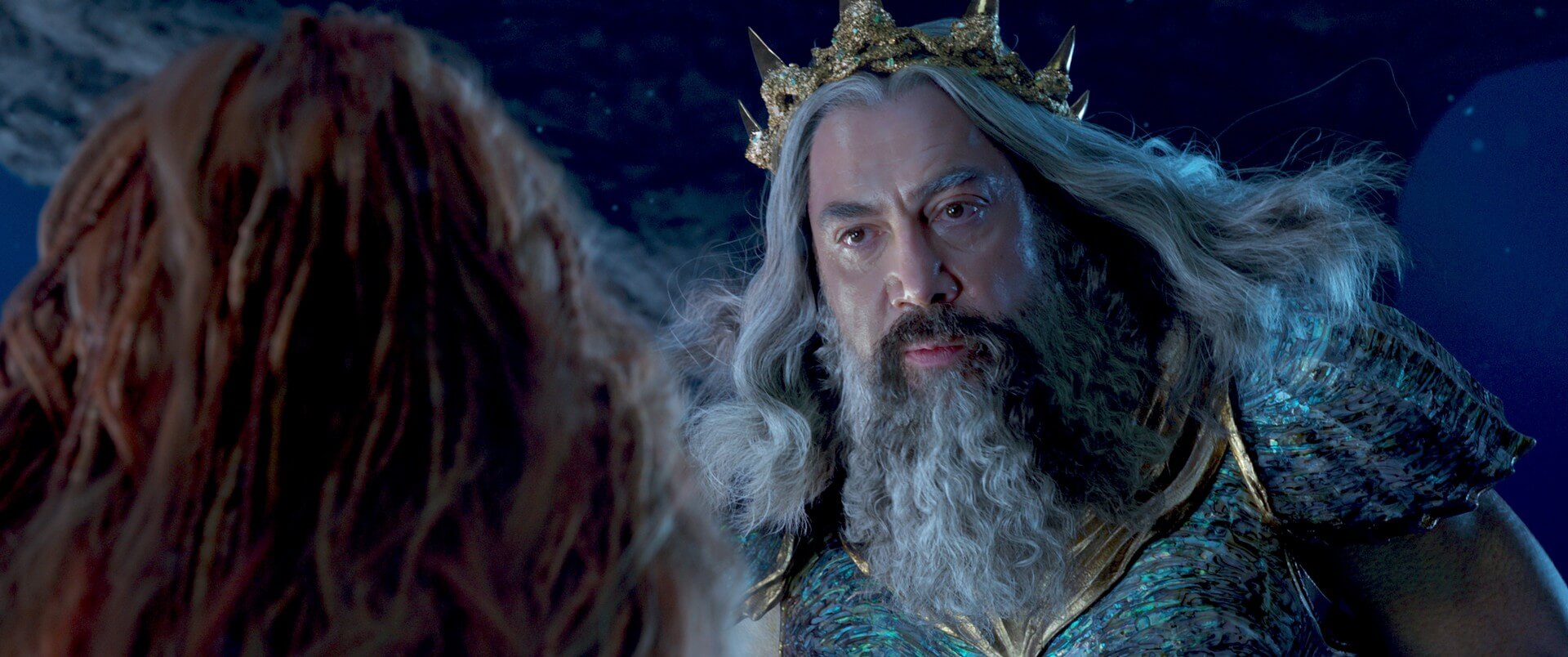
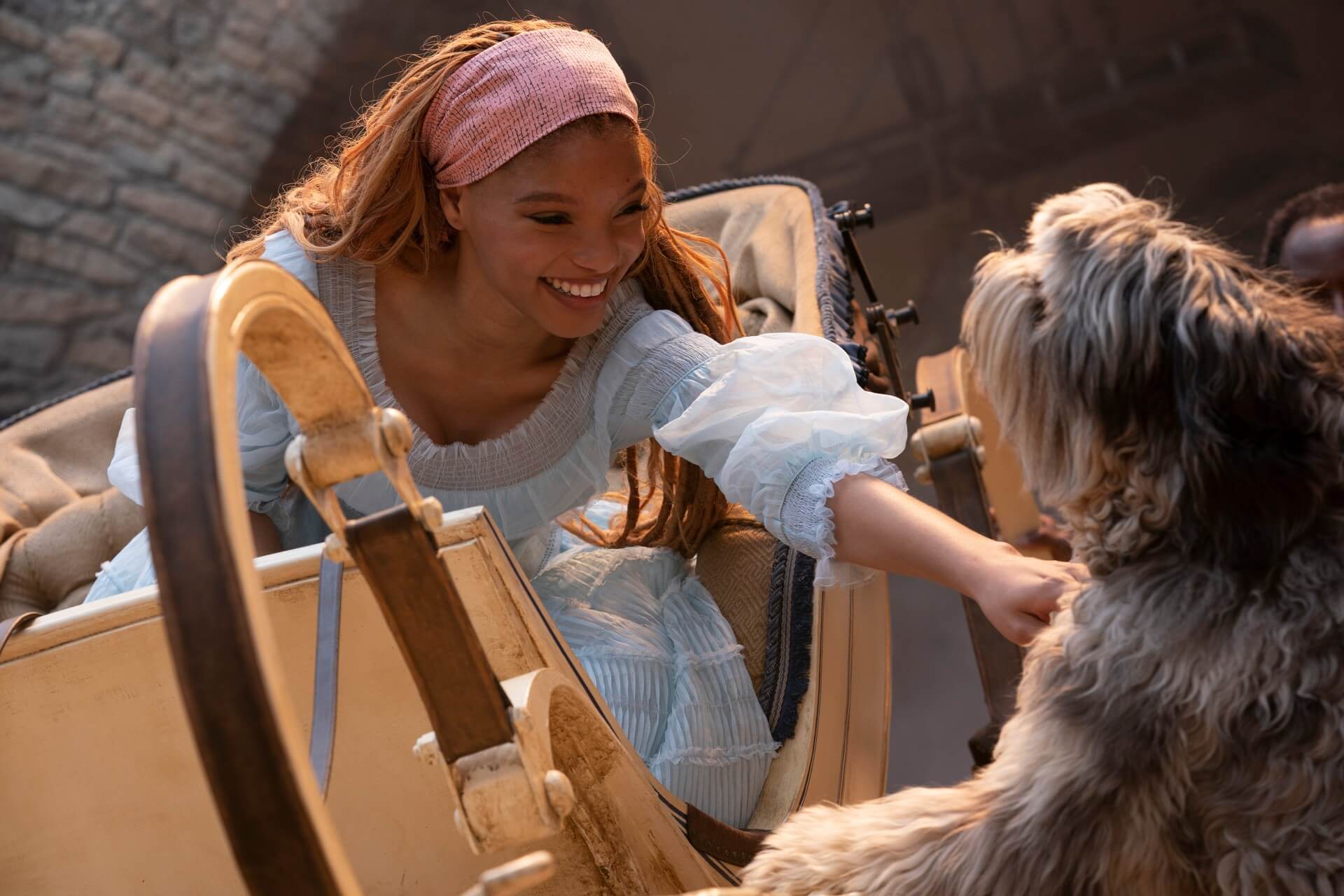
Images: Giles Keyte, © 2023 Disney Enterprises, Inc. All Rights Reserved